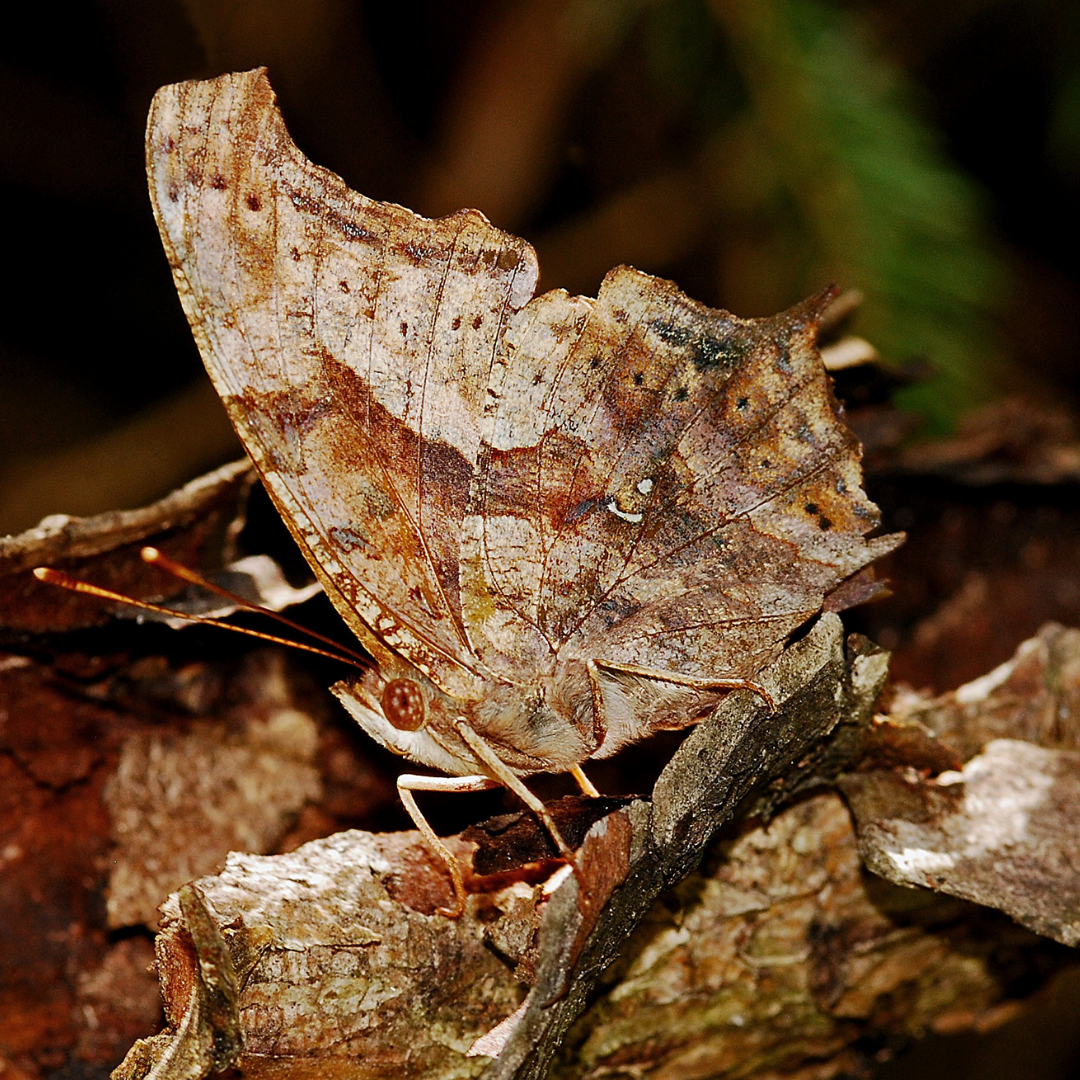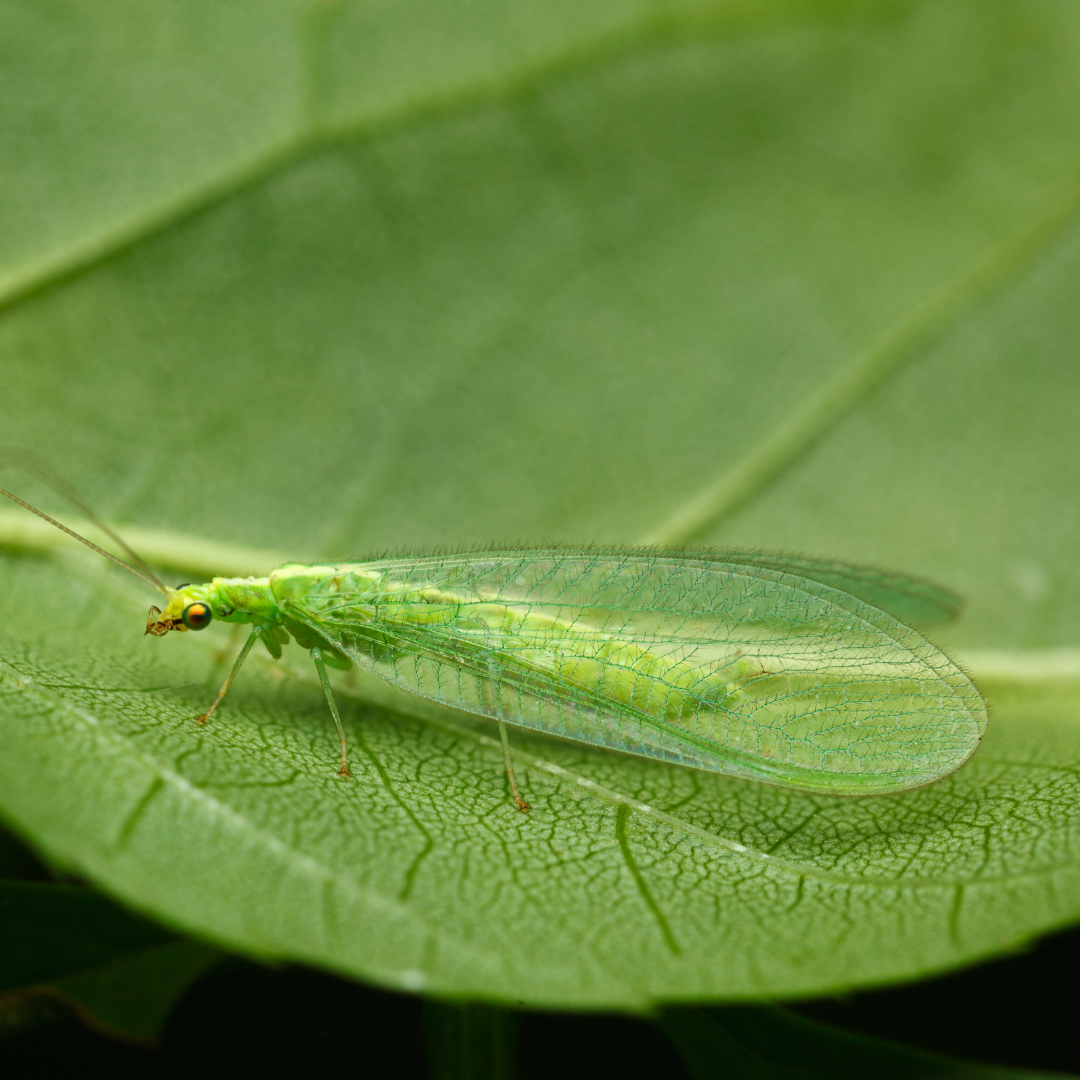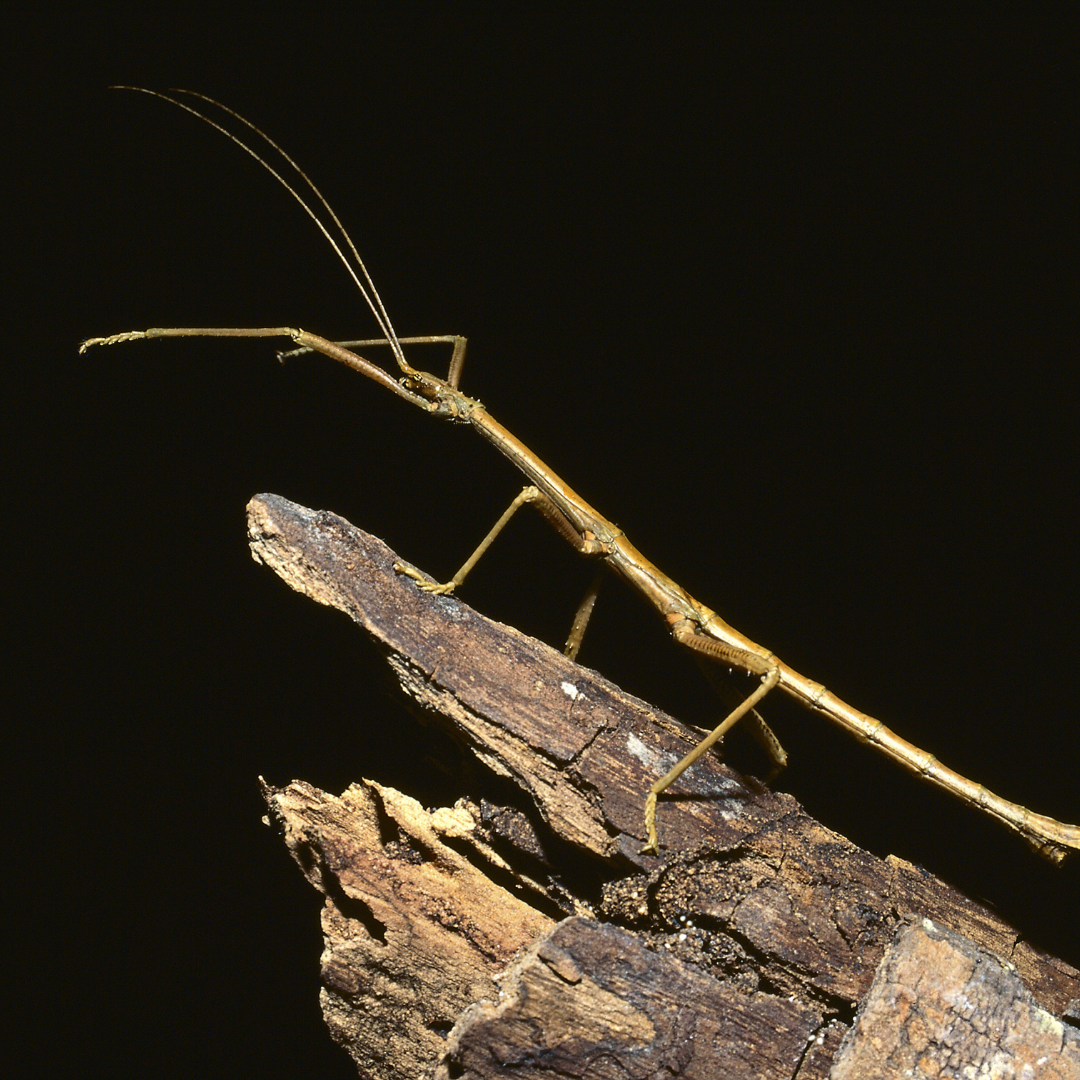Choose Learning Type ▼




Badges can be earned through hands-on experiences within each of the 16 branches of science, or “Science Slices.” You can earn a badge in each branch of science by doing four activities in these categories. We also encourage participants to keep a Nature Journal to record their memories, and to express themselves creatively through writing or drawing after each activity. We recommend that each child (and parent if they’d like) write or draw in a journal after each activity, with expectations of your children that match their age (the goal is self-expression, not perfection).
The Ecologist School Pocket Guide: Pease Park Edition is a collaboration between Families in Nature and Pease Park Conservancy as an effort to help our community learn more about the ecosystem and history of Pease Park, while getting outside into nature together! This booklet has 64 lessons across 16 different branches of science to help you play, learn and volunteer in the park as a family!
Each branch of science corresponds with a matching badge featured in the top right corner of every activity. Complete all 4 activities in a science slice and you are eligible to earn that badge.
Circle of Sciences
Our hands-on activities span across 16 different branches of science! Each Science Slice is broken into 8 learning categories: S.T.E.A.M., Volunteerism, Outdoor Skills and Leadership Development. Our activities are designed to be enjoyed by all ages.
It is our vision to inspire all families to fall in love with nature and foster the next generation of conservationists. Becoming a member of Families in Nature will give your family the opportunity to have adventures in nature, experience field science, develop as youth conservation leaders, and make memories that will last a lifetime. Memberships are free for everyone.
Pease Park Conservancy works in partnership with the City of Austin to set the standard for the principles of world-class park management – emphasizing environmental excellence – to improve the quality of this treasured green space for the enjoyment of all.
Our mission celebrates the diverse ecology and history that make Austin’s first public park valuable and unique. The Conservancy works to restore, enhance and maintain this 84-acre public green space for the sustainable use and enjoyment of all.